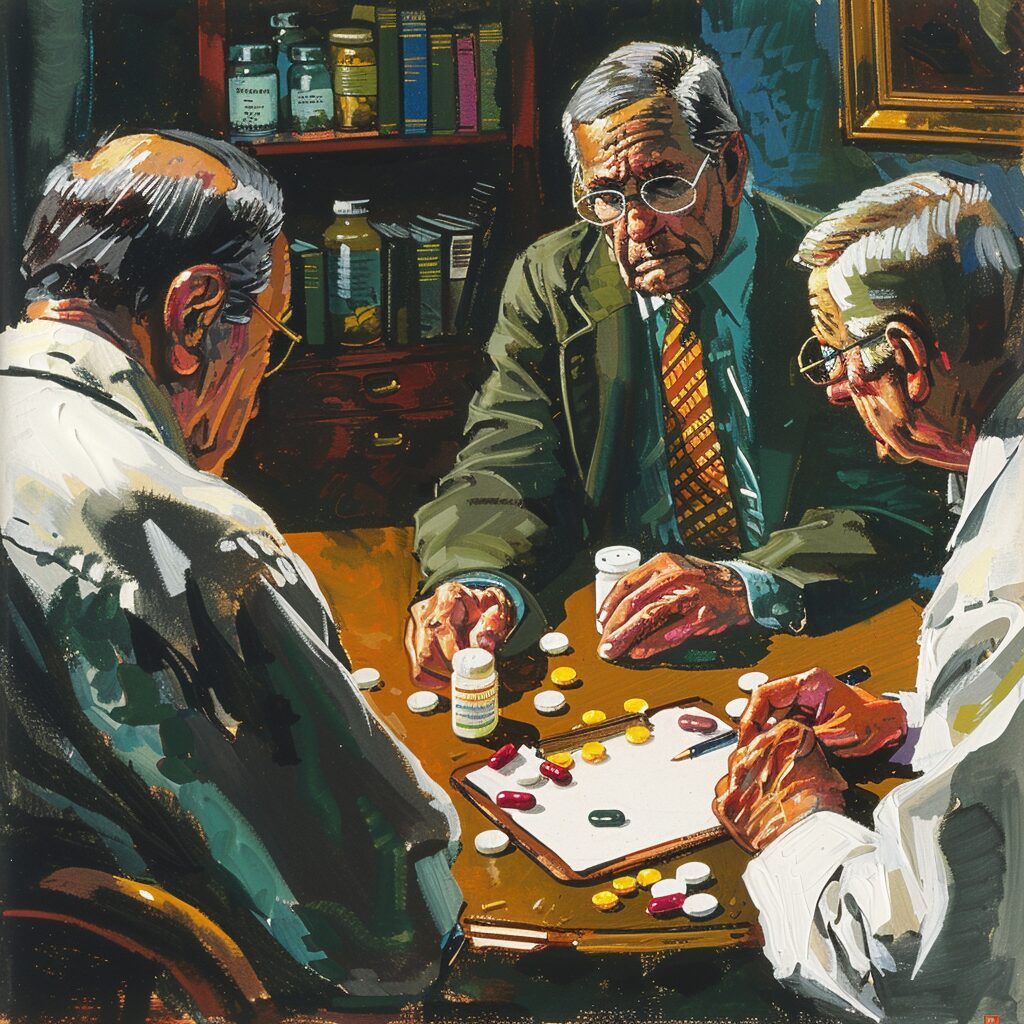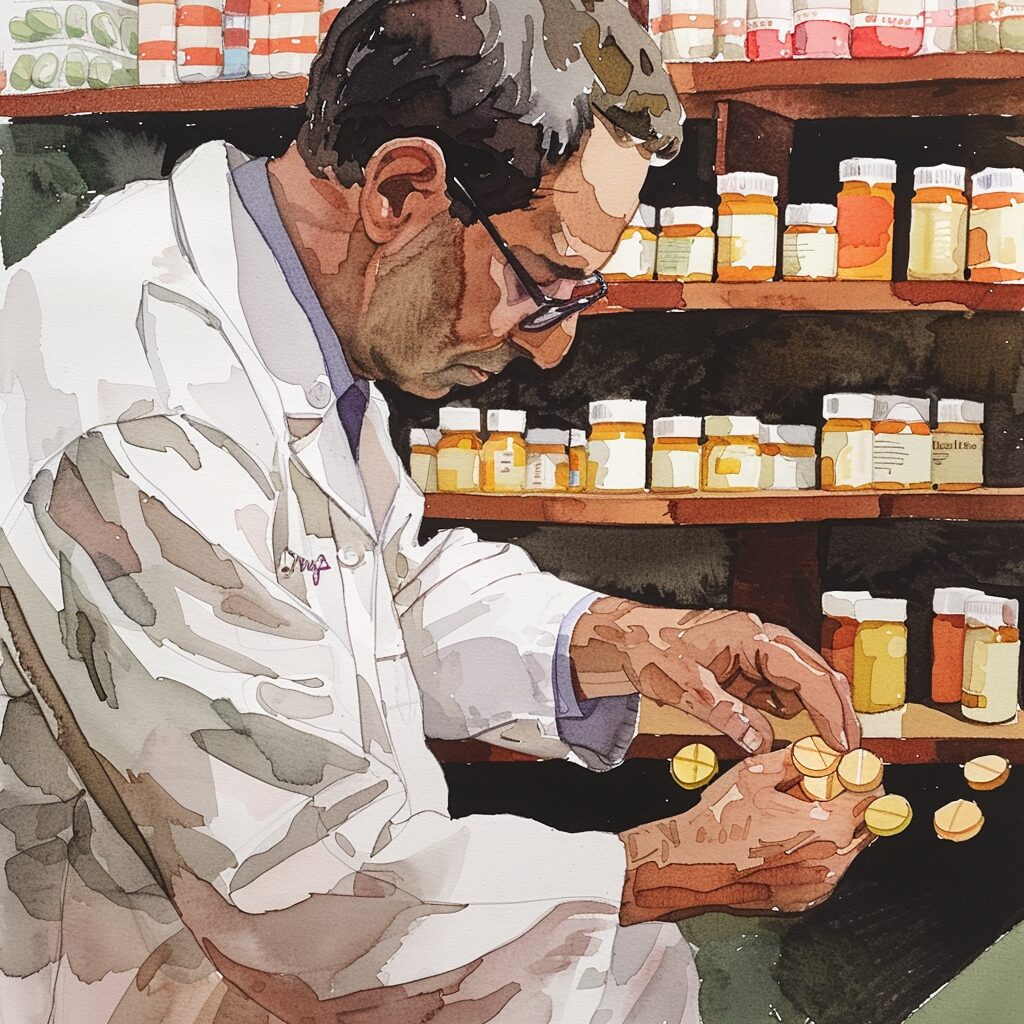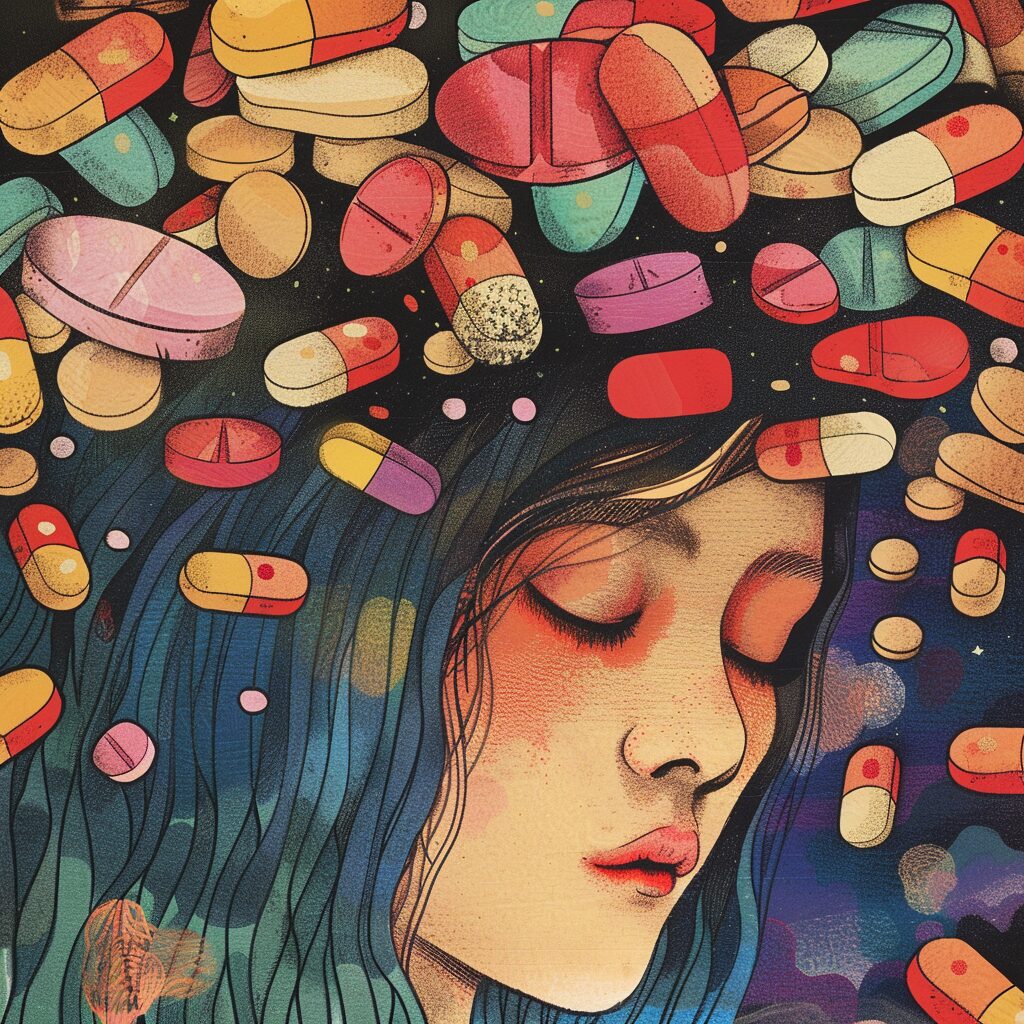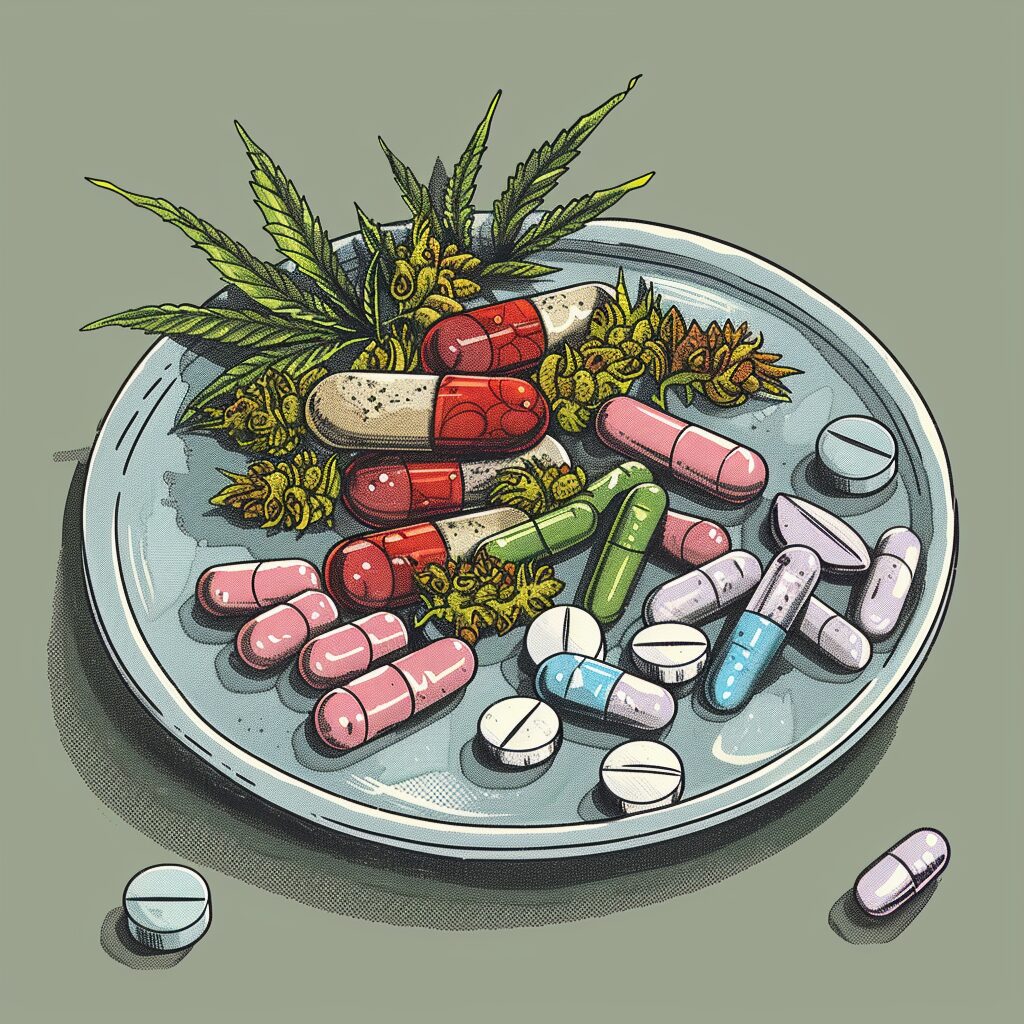Key takeaways:
- Talk therapy, particularly Cognitive-Behavioral Therapy (CBT), is a primary front-line treatment for addiction and mental health disorders.
- CBT seeks to modify behavior by addressing underlying thoughts that trigger feelings and behaviors related to substance abuse.
- Automatic negative thoughts (ANTs) and cognitive distortions are targeted in CBT to improve mental health outcomes.
- Motivational Interviewing (MI) is a collaborative, evidence-based process that empowers individuals through self-reflection and personal realization, helping them move through stages of change.
- Contingency Management is an effective treatment for substance use disorders, providing tangible rewards for adhering to treatment plans and achieving treatment goals.
- Lantana Recovery offers cutting-edge talk therapy techniques, including CBT, MI, and contingency management, with a deep bench of highly educated clinicians, 90% of whom are peers, to provide effective and personalized treatment.
Medicine has evolved over thousands of years of human history. Born in 460 B.C.E., Hippocrates is widely credited as the “father of modern medicine.” Despite the considerable advances that have been made in modern medicine – from heart transplants to cloning – simple talk therapy is still considered a primary front-line treatment for diseases of the mind, including addiction.
This article will examine different forms of talk therapy that are currently considered “evidence-based” treatments for addiction. It will elucidate their mechanisms of action and provide guidance on how to make the most out of each modality. Lantana Recovery offers cutting-edge techniques in this regard, from motivational interviewing (MI) to contingency management to cognitive-behavioral therapy (CBT).
Cognitive-Behavioral Therapy
The most common form of talk therapy is known as CBT. Cognitive–behavioral therapy (CBT) helps individuals to eliminate avoidant and safety-seeking behaviors that prevent self-correction of faulty beliefs, thereby facilitating stress management to reduce stress-related disorders and enhance mental health. Pioneered by American psychiatrist Aaron Beck in the mid-20th century, at its core, the theory espoused by CBT holds that thoughts, behaviors, and feelings are all interconnected.
In cases of substance abuse, CBT seeks behavior modification as a treatment outcome. This outcome can be achieved by changing underlying thoughts that trigger feelings to which a person’s behavior responds. Under Beck’s theory, you can kill a craving by changing an implicit thought which is triggering an explicit feeling.
Consider the following scenario: Underlying belief: “I’m Worthless” → Feeling/Intermediate Thought: Being completely uncared for (includes accompanying thoughts of confirmation bias) → Behavior: Overconsumption of alcohol
In the above scenario, the CBT therapist would first identify and then address the underlying belief. This occurs through a careful evaluation of the evidence with the client. By redirecting the client’s mind to change its belief about their worthlessness, the feeling of being “uncared for” will be quelled. As a result, the need to compensate for that feeling through alcohol consumption will dissipate.
In addition to “underlying beliefs,” one of the other types of thoughts recognized in the CBT research literature is “automatic negative thoughts” (ANTs):
- Sample stimuli: An individual walks by another individual without saying “hello”
- Sample automatic/unpremeditated negative thought (isolated): “This person doesn’t like me”
- Sample CBT intervention replacement thought: “He was probably in a hurry or didn’t recognize me”
Research suggests an association between depressive disorders and automatic negative thoughts. According to the literature, CBT may be more effective in modifying these thoughts than psychopharmacological interventions and has been extensively researched and found to be effective in a large number of outcome studies for psychiatric disorders including depression, anxiety disorders, eating disorders, substance abuse, and personality disorders.
The overall theory of CBT posits that the feelings that drive substance use are the product of logically fallacious thinking. It is the role of the therapist to help understand the fallacy and correct the belief, thereby improving the feeling. Some common errors in logic include dichotomous thinking, catastrophization, minimization of the positive, selective abstraction, and overgeneralization.
This approach is the basic, but not the only paradigm of applied CBT for substance use disorders (SUDs). It is important to be cognizant that not all SUDs are rooted in distorted thinking. However, the link between distorted thoughts and anxiety, as well as depression, is significant. These co-occurring disorders commonly undergird substance abuse.
Motivational Interviewing
MI builds on the Prochaska model of change. It is a collaborative, evidence-based process that occurs through a partnership between a clinician and a client. MI involves open-ended questioning, nonjudgment, affirmations, reflections, and summaries. This technique is designed to empower individuals through guidance, self-reflection, and personal realization. There are five stages to Prochaska’s model of change:
- Precontemplation: The client has no intention to change their behavior at this stage. A clinician should allow an open conversation to potentially bring about the recognition that a problem exists.
- Contemplation: At this stage, there is an awareness that a problem exists. However, there is ambivalence about making a change. The clinician should validate this ambivalence and evoke the advantages and disadvantages of making the prospective change.
- Preparation: The client is actively considering change and planning to act soon. Here, the clinician should help identify potential obstacles and strategies to overcome them. They should also identify prospective supports in the client’s personal life as they undergo this change.
- Action: This is when the client takes action. The clinician should instill confidence in the client’s ability to sustain the change. This can be accomplished by continuing to develop strategies actively for overcoming obstacles as they arise. They should also help identify ongoing personal and social supports.
- Maintenance: As the new behavior replaces the old, the clinician should reinforce the benefits of the change. They should also provide guidance on dealing with relapses if they occur.
Contingency Management Interventions
“Contingency management is a highly effective treatment for substance use and related disorders” (Contingency management: what it is and why psychiatrists should want to use it, Petry, 2011) and primarily entails providing tangible rewards to clients for adhering to their treatment plans. This may be through abstinence, attendance at treatment meetings, or complying with other treatment goals, such as securing employment or following a medication regimen. Research cited in Alcohol Research & Health validates the efficacy of contingency management in treating alcohol and other drug use disorders. There are two principal types of contingency management programs:
- Voucher-based program (VBR): A VBR program provides a voucher to a client for each drug-free urine sample provided (or other action taken consistent with treatment goals). The voucher may be exchanged for something of monetary value. This can include movie passes, food items, or other services or goods that are compatible with a sober lifestyle. Voucher values start low but are increased, consistent with the number of negative urine samples (or other action taken). A positive urine sample (or failure to take required action) resets the voucher value back to the lowest level.
- Prize incentives: Provides draws for a chance to win $1-$100 based on the number of negative urine samples or actions taken. The number of draws increases with each negative urine sample or action taken.
Bottom Line
Lantana Recovery understands that truly effective therapy requires more than just a basic conversation. That’s why Lantana engages some of the most cutting-edge techniques in the field and a deep bench of highly educated clinicians, 90% of which are peers. From a cognitive-behavioral perspective, Lantana’s clinicians will work to root out the negative thoughts that are driving the feelings fueling your desire to use. Through motivational interviewing, our clinicians can evoke your own desire to change and identify the hidden abilities that can propel you through life’s toughest obstacles. Our contingency management program will get you excited about complying with your treatment program.







